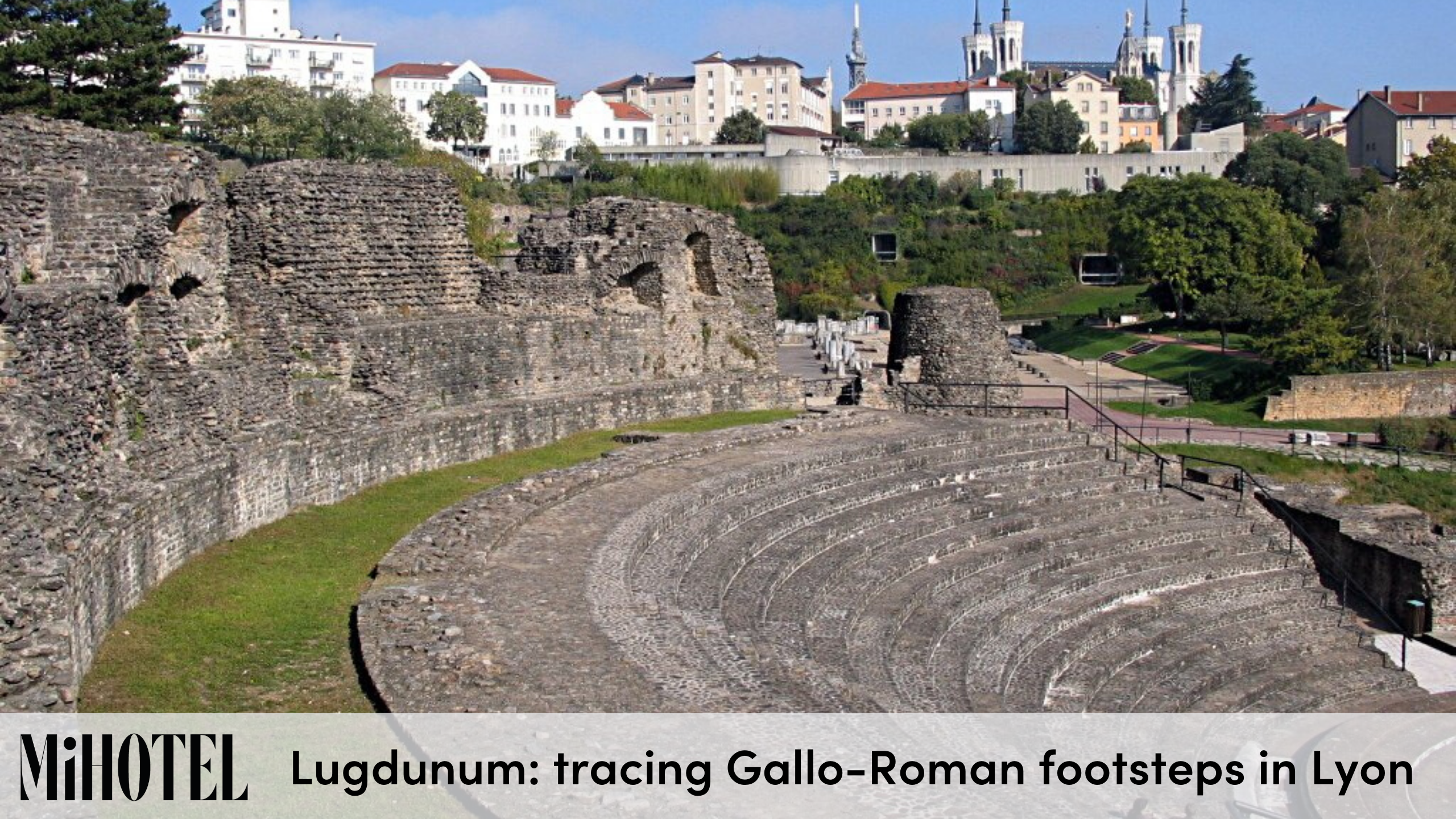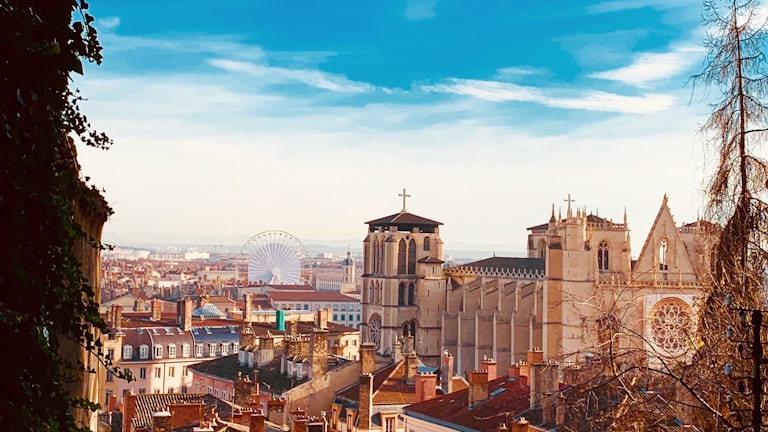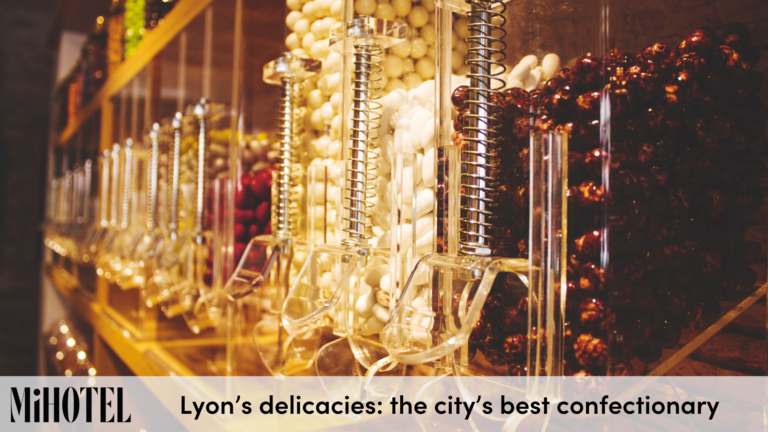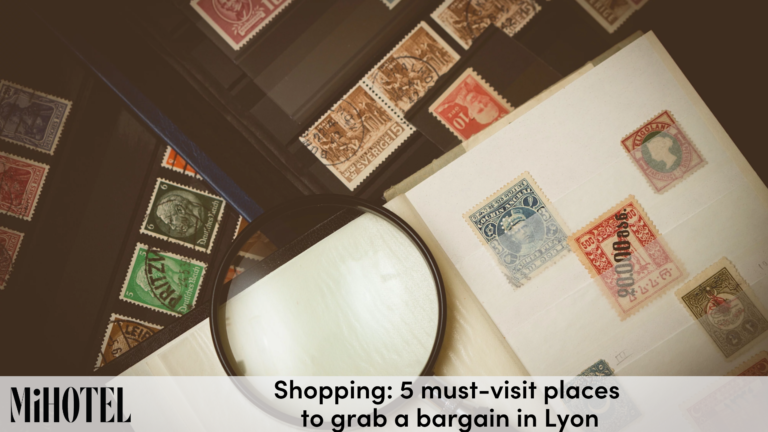A Gallo-Roman city and capital of the historical region of Gaul, Lugdunum (a.k.a Lyon) has left behind many vestiges of its prosperity. Clustered together in the Vieux-Lyon district, at the archaeological site of Fourvière, these remnants have been uncovered and restored over the course of time. Today, they constitute one of the city’s biggest attractions for tourist, who come to appreciate their characteristic architecture. Let MiHotel take you back through time.
{{cta(‘3979604f-55ba-4e8c-99a8-714734062b60’)}}
Ancient Theatre
This monument was built on the side of the Fourvière hill under the reign of Emperor Augustus (63 BC – 14 AD), making the Ancient Theatre of Lyon one of the oldest of its kind in France. After several stages of renovation, extension and brief abandonment towards the end of the Roman Empire, it was rediscovered in the 19th century and restored in 1933 with support from Mayor Edouard Herriot. Classified as an Historic Monument, the theatre was added to the UNESCO World Heritage list in 1998. Nowadays, it is a major tourist landmark for the city and also a cultural venue for the performing arts.
Ancient Odeon
Right next to the theatre lies another structure much smaller, but no less impressive: the Ancient Odeon. The juxtaposition of these two sites is unique in France, with Vienne being the only other city to have such an arrangement. Built around the 2nd century, under Emperor Hadrian, the Odeon was designed to host concerts as well as public declamations and conferences. Classified as an Historic Monument in 1905, it can hold up to 3,000 people. Each summer, during the Nuits de Fouvière festival, spectators from all over the region and beyond ascend upon the Theatre and Odeon for a modern and eclectic programme of culture.
Gallo-Roman Museum
Alongside the Ancient Theatre and Odeon, the Gallo-Roman Museum is one of the highlights of the Roman Empire remnants. Today, these three sites have come together to create Lugdunum, a complete tourist attraction whose name is in reference to that of the former city. Opened in 1975, the museum stands out for its sober architecture that puts the focus on the artefacts on display. Discover 5 centuries of a flourishing empire through the collections and many exhibitions that are held. From 20th June to 1st December 2019, the museum will put on an exhibition about games the Romans used to play.
Besides these three major monuments, Lyon has also conserved other traces of the Gallo-Roman era such as the Trois Gaules sanctuary and amphitheatre, aqueducts and traditional springs. To find out more, visit the Lugdunum website!
LUGDUNUM – Musem & Roman theatres. 17 rue Cléberg 69005 Lyon. Access via the funicular railway, Minimes – Théâtres Romains stop. Free entry. Open from Monday to Sunday, 7am to 9pm from 15th April to 15th September.
{{cta(‘c3196b37-46c0-4e4a-bd43-7c75b0441d9b’)}}






